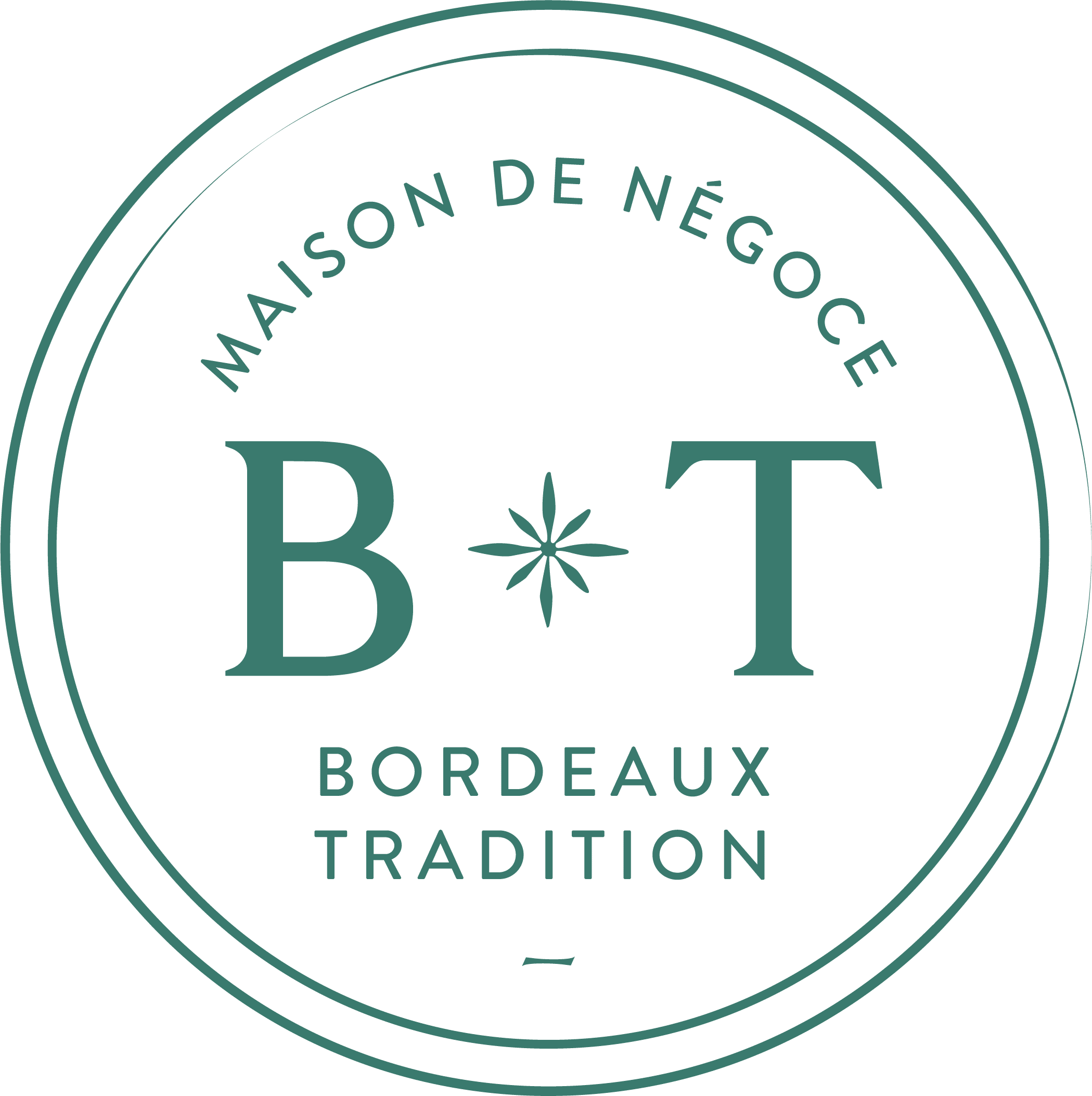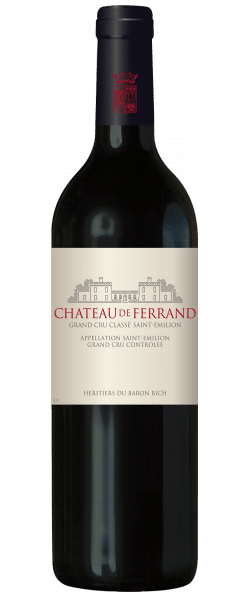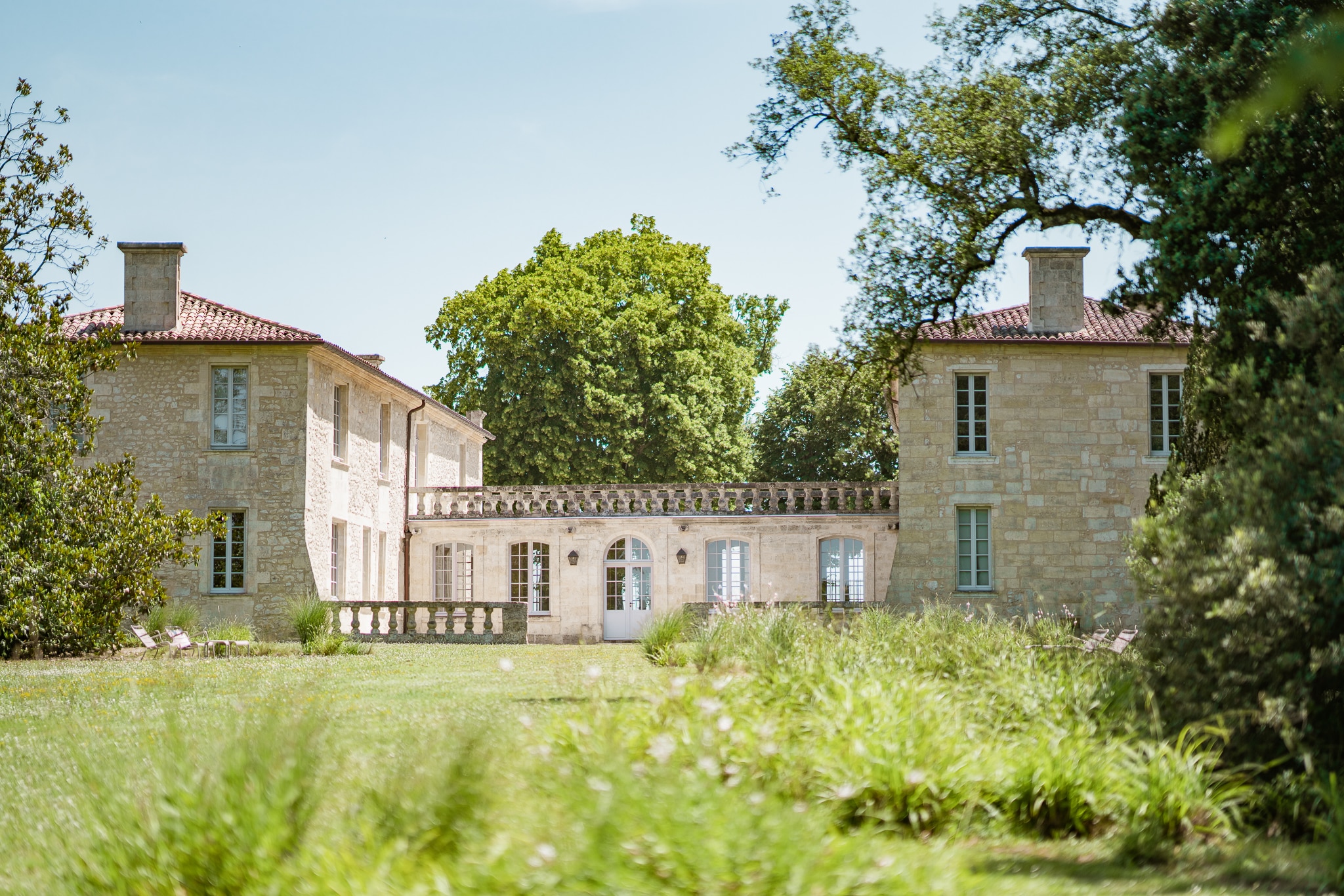Château de Ferrand
“Behind the wine, the soil. This is not so much vineyard management as plot management.”
WHY BUY IT ?
- A Saint Emilion Grand cru classé with a spectacular progression
- 32 ha of vines in a single plot on the superb clay-limestone hillsides of Saint-Hippolyte surrounded by 10 ha of woods and meadows
- Second highest vineyard of the appellation
- Renowned consulting oenologist: Axel Marchal
- In Organic Conversion since 2021
The history of Château de Ferrand, Grand Cru Classé de Saint Emilion started over 300 years ago, in 1702. As a rare fact, the estate only underwent 2 families ownership along its 3 centuries of history. It first started with Elie de Bétoulaud and after him his descendant the Marquis de Mons and its heirs. Lastly today the estate is owned by the family of the Baron Bich (founder of the famous BIC company). Today, Ferrand is run by his daughter Pauline Bich Chandon-Moët and her husband Philippe Chandon-Moët. There has been significant work going on at Château de Ferrand since 2010. The vineyards have been restructured and replanted after an in-depth ampelographic soil study and adaptation of grape varieties to terroirs. Cultivation methods have been revamped. Winemaking buildings have been re-examined. Cellars have been modernized, and vats adapted and increased in number to enable plot-by-plot management. Thanks to the very promising terroir, the wine’s quality levels have soared.
In 2012, the family’s commitment bore fruit: Ferrand became a Saint-Émilion Grand Cru Classé.
The terroir & winemaking
Planted on 42 hectares in a single plot among which 32 of vines and 10 of woodland and meadows, château de Ferrand benefits from a beutiful, rich and complex terroir. The estate and its protected park are home to rich endemic fauna, including deer, boar, migratory birds, hares and cranes.
Planted on the clay-limestone hillsides of Saint-Hippolyte at around 100 meters above sea level, Ferrand is one of the highest vineyards in the Saint-Émilion appellation. It looks down onto a curve in the Dordogne valley and enjoys ideal exposure to the winds. This elevated position has various benefits for winemaking: first, rising air currents keep the site well ventilated. Then, all of the plots have slight slopes, ensuring that a significant portion of the summer rains runs off.
The grapes varieties are 70% merlot, 29% cabernet franc and 1% cabernet sauvignon, providing roundness, freshness, minerality, acidity and a lingering finish that herald perfect balance and a wonderfully long life.
Each individual plot is handled differently according to its specific characteristics. Obviously, vines require a constant series of activities. During the winter, pruning in single Guyot formation requires experience of the age, strength, density and grape variety of each plot, as well as respect for sap circulation. Then comes budding and disbudding, vital for ensuring a top-quality harvest using rational crop protection methods.
The grape harvest is sorted in three steps: sorting by hand at the vine, another sorting by hand when the harvest arrives, and optical sorting before gravity-driven transfer to vats.
Wines are matured in fine-grained French oak barrels. This lasts for 14 to 18 months depending on the vintage. Balance is constantly being sought to ensure that the fruit has pride of place.
The Environmental Approach
Château de Ferrand has been committed to seeking environmental balance since 2012. After more than three years of trials, 2021 is the first organic-conversion vintage across the entire vineyard. In addition to the Terra Vitis (2012) and HVE level 3 (2018) certifications, Ferrand also obtained certification in the ISO 14 001 standard in 2021, which will support its work to protect the environment.
Here’s a few good practices in place: grass covering between rows to maintain vine balance as well as possible, the control of inter-row grass cover through plot-by-plot sowing of legumes, grasses and mustards. the use of plant cover as green fertiliser, in addition, use of organic fertilisers from a local cattle farm. Also no insecticide or herbicide are used since 2011, with integrated pest management via mating disruption being the method of choice, organic certification (ab). Eventually, the planting of fallow fields and the installation of hives highlight this environmental approach.
Fidèle et conforme aux vins de l’appellation, Saint-Émilion, à la dégustation, Château de Ferrand présente une robe grenat, un nez intense de fruits mûrs et épicés. L’attaque en bouche est franche, les tanins sont enrobés. L’évolution se fait vers des notes de fruits rouges bien mûrs, cassis, framboises, myrtilles, et une finale longue et élégante.
The tasting
Staying true to the wines of the Saint-Émilion appellation, at the tasting, Château de Ferrand has a garnet colour and an intense nose of ripe fruit and spice. It is clean in the attack with smooth tannins. It then develops very ripe red fruit, blackcurrant, raspberry and blueberry notes and a lingering, elegant finish.
Gaining greater roundness and precision whilst retaining elegance and freshness, the new Ferrand team has turn this wine in one of the most promising of the appellation.


